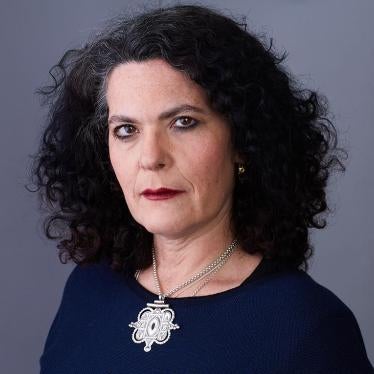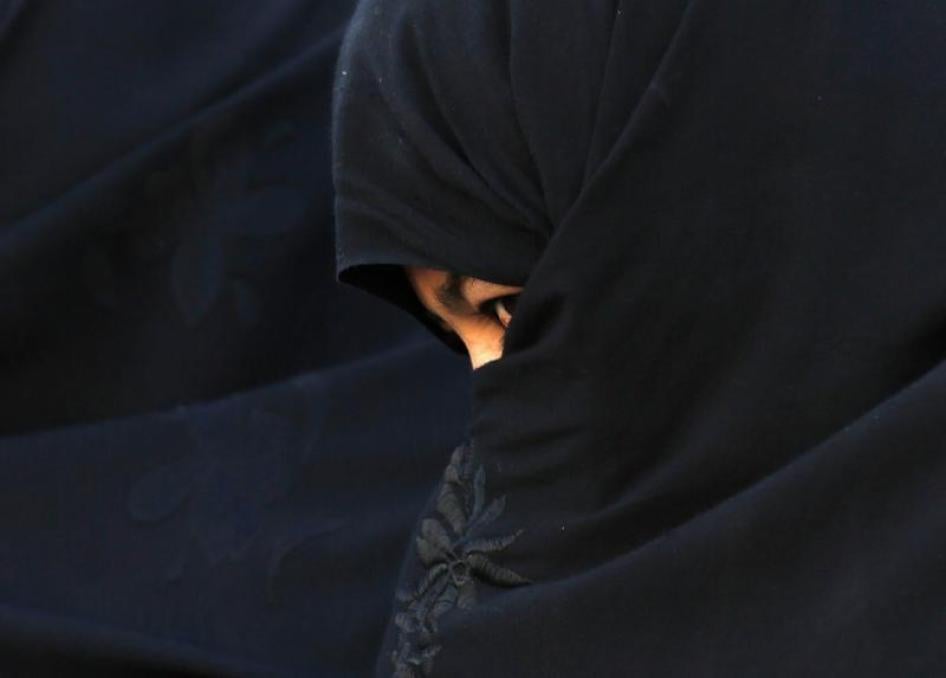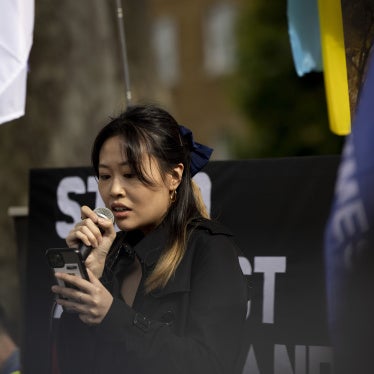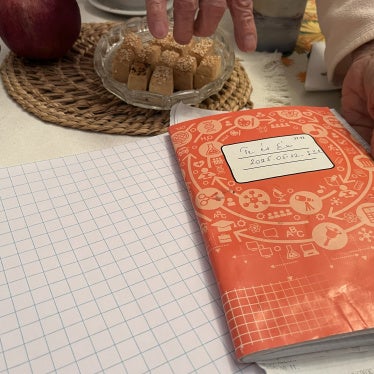Gales of laughter greeted my question: “So, which is worse, ISIS or the Taliban?”
I was speaking to a room full of women who had recently fled areas in Afghanistan’s eastern Nangarhar province controlled by groups claiming allegiance to the Islamic State. But they didn’t laugh for long.
“ISIS is worse,” one said. “They kill boys, girls, women, men — everyone.”
The life these women described in Islamic State-controlled areas of Nangarhar was so bad they sounded almost nostalgic for those earlier years spent under the Taliban’s thumb. While the Taliban’s abuses were extreme — and deeply resented — the Islamic State has brought a whole new level of suffering to villagers already expert at ranking hurt during Afghanistan’s 38 years of conflict.
Rumors of the Islamic State’s presence in Afghanistan first began to surface in 2014, and initially appeared exaggerated. In early 2015, however, the Islamic State announced plans to expand into what it calls “Khorasan,” an area that includes regions of both Pakistan and Afghanistan. As of mid-2016, the Islamic State’s efforts to establish itself in other parts of Afghanistan have in large part failed, but the group now controls significant portions of four districts of Nangarhar province, which borders Pakistan.
When the Islamic State first popped up in Afghanistan, its fighters formed an uneasy alliance with the Taliban, based on a shared opposition to the U.S.-backed government of President Ashraf Ghani. Some Islamic State recruits were defectors from the Taliban, still bound by the complex webs of kinship and rivalry that see some Afghan families with one foot in the government and one in the insurgency. The relationship quickly soured, however; the Taliban came to see the Islamic State as a threat, and increasingly violent clashes erupted between the two groups.
The Taliban and Islamic State have fundamentally different objectives. The Taliban consistently articulates goals that solely pertain to its quest to regain control of Afghanistan. As the group’s leader wrote on Sept. 9, 2016:
“[O]ur country has been invaded and an anti-Islamic, subservient and surrogate regime has been imposed on us by dent [sic] of tanks, artilleries and bomber aircrafts against the wishes of our religion and independence-loving and independent thought-loving people. An Islamic system and independence of our country is our human and religious right.”
This is in sharp contrast to the global ambitions of the Islamic State, which announced the establishment of its own, global caliphate and called on all Muslims to pledge allegiance to its leader. As Borhan Osman, an Afghan analyst, observed, the Taliban has welcomed foreign militants on the condition that they obey the Taliban on Afghan soil, but Islamic State “is an organisation claiming jihadist supremacy over all militant groups in the world, and would be very unlikely to listen to the Taliban.”
It is somewhat unclear how Nangarhar fits into the Islamic State’s goals of global domination. In interviews, villagers who have encountered Islamic State fighters said that they described a plan to overthrow Afghanistan’s government and rename the country Khorasan. Others suggested that the Islamic State sees Afghanistan as a platform for launching operations in Central Asia, and pointed to the presence of fighters from Central Asia among the group’s ranks in Nangarhar.
Women from the Islamic State-controlled areas of the province said their families had refused to budge from their villages through years of intermittent fighting between the Taliban and the government, and had clung on despite Taliban threats and abuses, only to be dislodged by the Islamic State.
“We came to Jalalabad two months ago,” said Mariam, a 45-year-old mother of 10 whose name has been changed to protect her safety, referring to the provincial capital. “My children are students but [the Islamic State doesn’t] let them go to school. The school closed three months ago. They left letters threatening the school and also bombs.” Mariam said that the Islamic State left night letters telling parents not to send any children to school and ordering villagers to stop going to the mosque to pray. “Then they put a bomb and blasted it [near the school early one morning],” she said. “The people of the village found the bomb and called the police.” Before the police arrived, however, the bomb exploded, she said, fortunately without injuries.
Afghans who have lived under the Islamic State described frequent violence: shootings, beheadings, and bombings. The group has sometimes targeted people associated with the government; other violence is seemingly random. “My sister’s 18-year-old son was beheaded,” an elderly man told me. “People said he was a spy. He was just a farmer.”
“They killed one or two people daily in our village,” one woman said. “Mostly people working for the government.” There were reports of men, women, and children being abducted. A few were ransomed; most were never heard from again.
Daily life all but stopped. “ISIS made women sit in the home,” one woman said. “If you go out they will kidnap you. No one could go out, not even to the nearest shop.” Another said that in her village the mullah even stopped leading prayers at the mosque out of fear.
The Islamic State forces villagers to work for them. “We cooked for ISIS, we were forced to — then they wouldn’t harm us,” one woman said. They described schools sitting empty. Teachers were threatened into staying home, or faced with demands they “donate” their salaries to the Islamic State. At first some parents still sent their children to class, but the situation worsened until there was effectively no school to attend.
Before the Islamic State, schools faced different threats. “The Taliban only had problems with girls,” one woman said. “Girls’ schools were open, but only up to eighth grade.” The Taliban had emerged in her village five or six years earlier and tried to close all girls’ schools, but the community managed to resist and keep some open, she said. A woman from another village described an acid attack by the Taliban there that injured seven or eight girls as they walked to school, prompting many girls — including her daughter — to drop out.
In Jalalabad, which remains under the control of the Afghan government, in spite of worsening security the women are able to educate their children. The government’s department of education has been flexible about allowing parents to register their children in a new school even if they lack the official transfer letter normally required. “They know the situation,” one mother said. “The school was closed but we had the principal or teacher sign a paper. They just wrote on simple paper, and the department of education accepted it.”
Access to education is one bright spot in their otherwise miserable ordeal for people torn away from their homes, jobs, and land they struggle to survive in an expensive city. “We are happy our daughters go to school here,” one mother said. “I want my daughter to graduate from university and become a doctor.”
Their future is uncertain. When we spoke at the end of July, the Afghan and U.S. militaries were fighting to try to clear the Islamic State from parts of Nangarhar. The United States said it killed up to 300 Islamic State fighters in the operation. Media reports from late September, however, suggested that Islamic State fighters were retaking territory.
For displaced parents, being able to educate their children may be a strong push not to go home. “If the situation remains bad in our village, we will not leave Jalalabad,” one woman said. “We like it here because our girls can continue school easily. We are trying to find a job here. We will continue their school. We will never stop. We want our children to get more education.”










